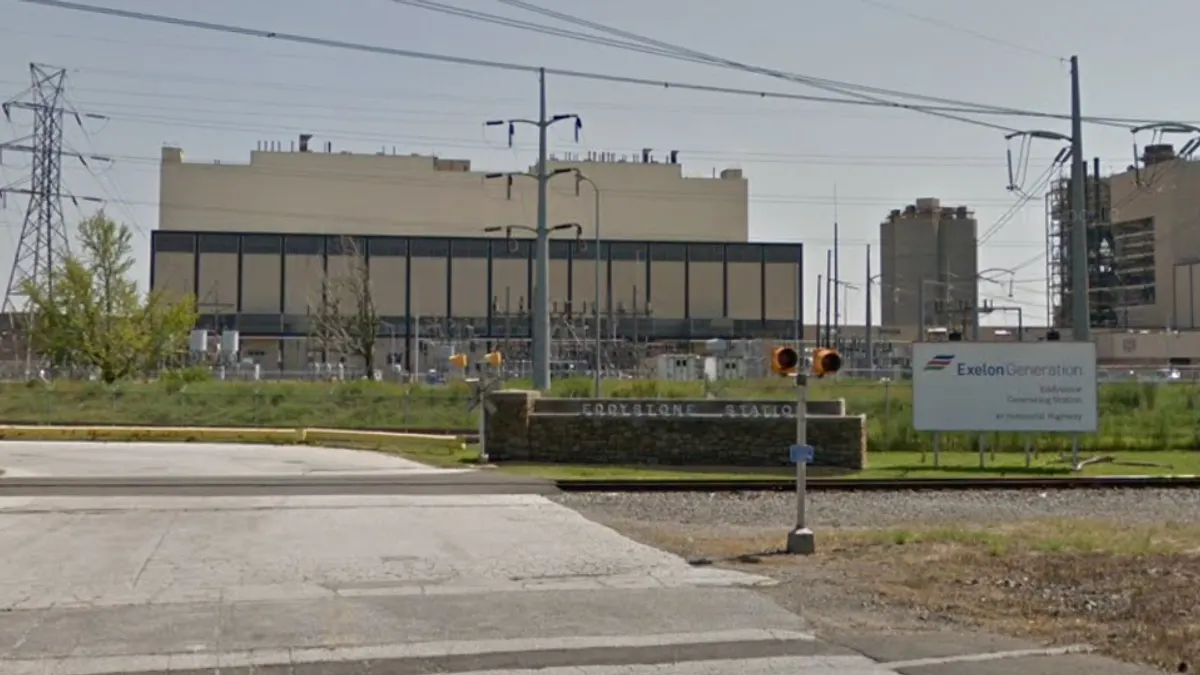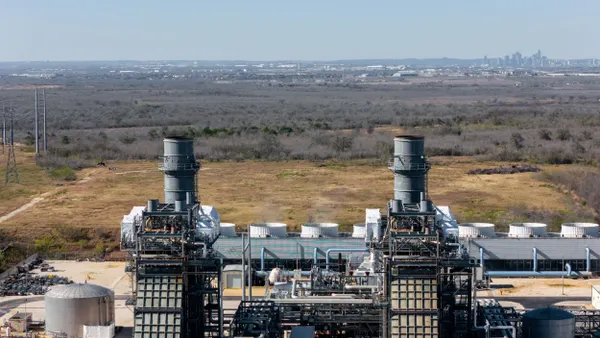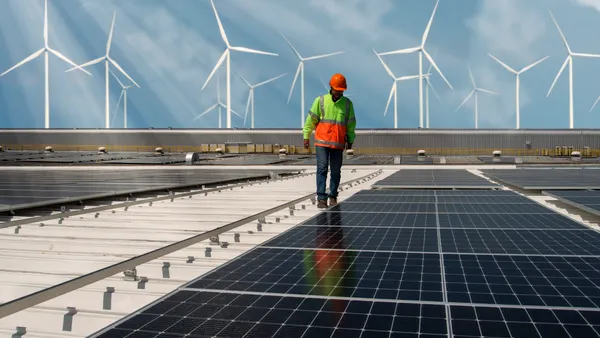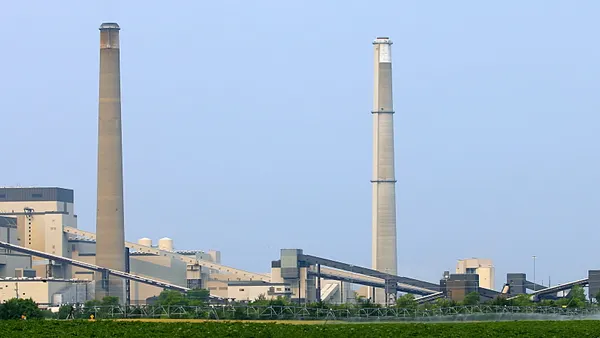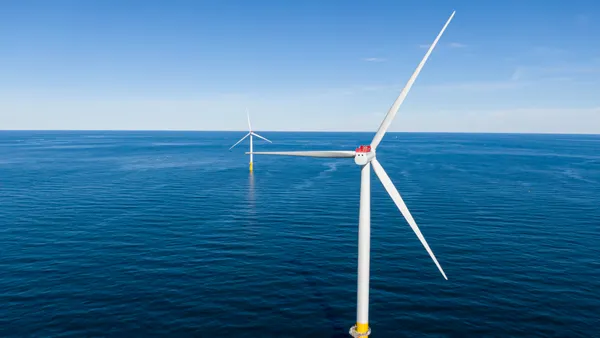Dive Brief:
- Senate Democrats are retooling energy tax reform legislation that was first proposed two years ago but which failed to advance in a Republican-led Congress.
- The Clean Energy for America Act could include technology-neutral incentives rather than wind- and solar-specific credits, and would aim to move beyond the current cycle of short-term incentive extensions to a more permanent approach, according to Bobby Andres, senior policy adviser to Democrats on the U.S. Senate Finance Committee.
- "We're actively working on updating that bill for reintroduction and very much view it as a cornerstone of the efforts on energy tax this Congress," Andres said Wednesday at the virtual American Council on Renewable Energy (ACORE) Policy Forum.
Dive Insight:
Lawmakers on both sides of the aisle have shown interest in overhauling clean energy incentives, and advisors say they are confident agreements can be reached in the coming year.
"When we think about how to approach the agenda this year on these tax credit issues, I think we very much want to move beyond the stop-and-start, short-term extensions that have been the practice for decades — going back to the original enactment of solar incentives in the late 70s," Andres said.
Tax credits for wind and solar were last extended in 2020 as part of one of the COVID-19 federal stimulus packages.
"That's never really a good way to do tax policy, whether that be energy tax policy or something else," said David Bridges, tax counsel for Rep. Tom Reed, R-N.Y. Bridges, also speaking at the ACORE event, said the tax credits are important to renewables developers and their historically-intermittent nature "is something that's definitely not viewed as helpful."
"As far as Republicans are concerned, I think a more permanent policy is something a lot of them are looking for," Bridges said. That might not mean making existing policy permanent, he added, but "at least something that can help ensure newer technologies that need some assistance have that in a manner that is easy to plan for and long-term."
"These things aren't necessarily Democrat priorities or Republican priorities," said Bridges. "These things are good for the clean energy economy overall."
When the Clean Energy for America Act was originally introduced, it proposed consolidating 44 energy incentives into three technology-neutral provisions intended to promote energy independence and a low-carbon economy.
The shift towards a technology-neutral approach, rather than focusing on credits for solar and wind and other specific resources, could happen in this Congress, said Andres. But he added that the prospects for any specific piece of legislation remain unclear, and there will be conversations "over the next couple of months" about how to approach the agenda for the rest of the year. Biden's push to Build Back Better with infrastructure investments could be one vehicle for tax incentive legislation, he said.
"A lot of these incentives, we would argue, are related to that conversation," said Andres. "And historically infrastructure has been one of the more bipartisan areas. ... There's definitely going to be a push to see what kind of agreements can be reached. We're very optimistic about the prospects for action this year."
"No one likes start-and-top extenders," said Andres. "It's bad policy. It doesn't work well, and it blunts the effects of whatever incentive you're trying to provide."
Craig Sundstrom, director of government and regulatory affairs for developer RWE Renewables, also spoke at the ACORE event and said the intermittent nature of clean energy incentives "has been challenging for the industry over the last couple of years."
"I can't say enough about how refreshing it is to hear about the need for long-term certainty," he said.
In particular, Sundstrom said the industry wants to see some long-term certainty around incentives for offshore wind. Congress' last extension allowed the investment tax credit to be partially claimed through 2025.
"We definitely appreciated the five-year window, but we know these projects can take longer than that," Sundstrom said.





